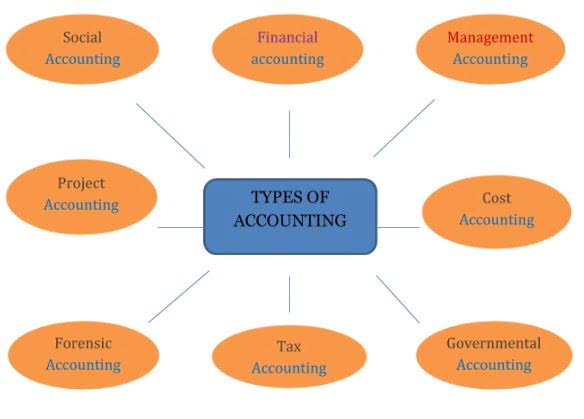9 Essential Steps for Setting Up a Construction Accounting System
آگوست 16, 2021Best Stock Market Books for Beginners and Experts
فوریه 14, 2022
On the other hand, negative or no change just means more poor seasons down the road. The working capital requirement formula focuses on the components that directly impact the company’s operating cycle — inventory, accounts receivable and accounts payable. The net working capital (NWC) formula subtracts operating current assets by operating current liabilities. The most common examples of operating current assets include accounts receivable (A/R), inventory, and prepaid expenses. As a general rule, the more current assets a company has on its balance sheet relative to its current liabilities, the lower its liquidity risk (and the better off it’ll be). The net working capital (NWC) metric is a measure of liquidity that helps determine whether a company can pay off its current liabilities with its current assets on hand.
- • To find the change in net working capital, subtract the net working capital of the previous year from the net working capital of the current year.
- It reflects the fluctuations in a company’s short-term assets and liabilities.
- This financial metric shows how much cash and liquid assets a company has available to cover day-to-day expenses and short-term debts.
- Suppose an appliance retailer mitigates these issues by paying for the inventory on credit (often necessary as the retailer only gets cash once it sells the inventory).
- Both current assets and current liabilities are found on a company’s balance sheet.
Change in Net Working Capital Calculation Example (NWC)

Working change in net working capital capital adjustments directly impact liquidity, cash flow, and operational flexibility. If the ratio takes a sudden jump, that may indicate an opportunity for growth. In conclusion, calculating the change in NWC is a critical step in assessing a company’s financial health. It is a crucial metric for investors, creditors, and management to evaluate a company’s liquidity and operational efficiency.
Current Assets
This 16% shows that the company is increasing its Net Working Capital Ratio, which means it’s putting more of its money into things that can be quickly turned into cash. This is a good sign for the company because it is trying to keep its money accessible and unearned revenue ready for use. Understanding changes in cash flow is also important if you are applying for a small business loan. Lenders will often look closely at a potential borrower’s working capital and change in working capital from quarter-to-quarter or year-to-year.
Formula
The NWC metric measures a company’s liquidity, which is its ability to pay off its current liabilities with its current assets on hand. It is an essential metric for investors, creditors, and management to evaluate a company’s financial position. To calculate the change in net working capital, one must first determine the current year’s working capital and the previous year’s working capital.

By comparing consecutive periods and analyzing the factors contributing to the change, a company can identify areas where it needs to improve its liquidity and take appropriate actions to do so. Net working capital is important because it gives an idea of a business’s liquidity and whether the company has enough money to cover its short-term obligations. If the net working capital figure is zero or greater, the business is able to cover its current obligations.

Until the payment is fulfilled, the cash remains in the possession of the company, hence the increase in liquidity. But it is important to note that those unmet payment obligations must eventually Bookkeeping for Veterinarians be settled, or else issues could soon emerge. While A/R and inventory are frequently considered to be highly liquid assets to creditors, uncollectible A/R will NOT be converted into cash. In addition, the liquidated value of inventory is specific to the situation, i.e. the collateral value can vary substantially.
Several factors like seasonal demands and adjusting non-operating items influence the calculation of change in working capital. This indicates a positive increase of $5,000 in the company’s net working capital. Get instant access to video lessons taught by experienced investment bankers. Learn financial statement modeling, DCF, M&A, LBO, Comps and Excel shortcuts. An increase in the balance of an operating asset represents an outflow of cash – however, an increase in an operating liability represents an inflow of cash (and vice versa). In fact, cash and cash equivalents are more related to investing activities, because the company could benefit from interest income, while debt and debt-like instruments would fall into financing activities.
This formula is used to determine the liquidity of a company, which is its ability to pay off its short-term obligations with its current assets on hand. Net working capital is the difference between a business’s current assets and its current liabilities. Net working capital is calculated using line items from a business’s balance sheet. Generally, the larger your net working capital balance is, the more likely it is that your company can cover its current obligations. Accounts payable, short-term debt and accrued expenses are taken as current liabilities. The management of current liabilities is very important in maintaining liquidity.
